going for it this year
birdiewi
16 years ago
Related Stories
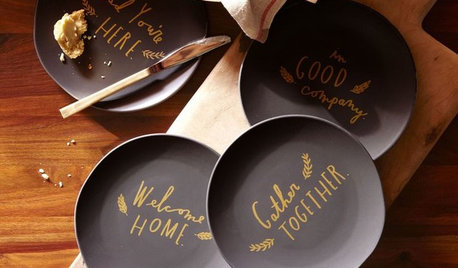
PRODUCT PICKSGuest Picks: Go for a Golden New Year's Table
It's time to shine with gold plates, glasses, flatware and accessories perfect for a party
Full Story
LIFE10 Beautifully Simple Ways to Go Greener in the New Year
You may just find more green in your wallet along the way
Full Story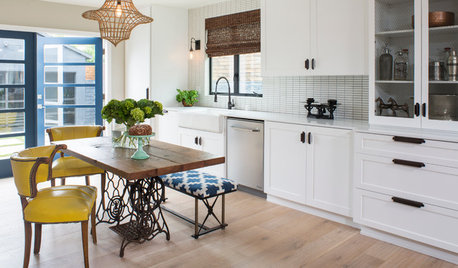
KITCHEN DESIGNGet Ideas From This Year’s Top 20 Kitchen Tours
Smart storage, functionality for cooks and families, vintage touches and lots of personality mark your favorites of 2015
Full Story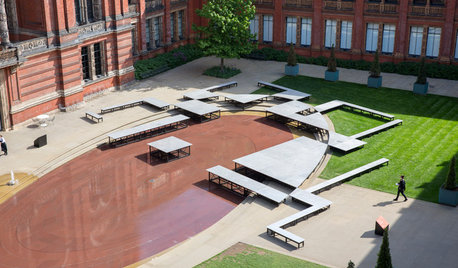
EVENTSPreview Some Captivating Art in This Year’s London Design Festival
The Victoria and Albert Museum’s LDF exhibits are about reflection, wearable art, tiny insects and lots of Swarovski crystals
Full Story
COLORPantone Unearths Emerald as Its 2013 Color of the Year
Whether you dig a natural version or go for one with polish, Pantone is predicting you'll treasure emerald green at home over the next year
Full Story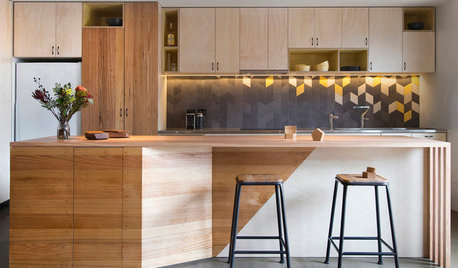
DECORATING GUIDESHow to Go Geometric Without Going Overboard
If your home decorating isn’t adding up, consider angles and shapes to help solve the equation
Full Story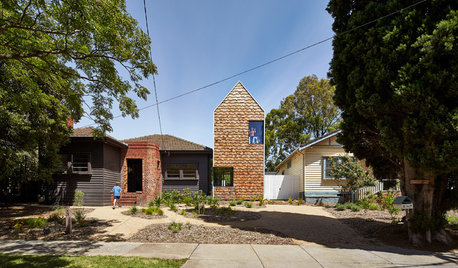
MOST POPULARHouzz Tour: A Playful Home Drawn Up by 8-Year-Old Twins
Plans for this innovative tower home in Melbourne were going nowhere — until the homeowners’ twins came to the rescue
Full Story
COLOR4 New Neutrals for the New Year
So you're not resolved to go crazy with color in 2013. These refreshing on-trend neutrals can still broaden your rooms' color horizons
Full Story
DECLUTTERINGClutter vs. Keepers: A Guide to New Year's Purging
Simple questions to get in touch with your clutter comfort level — and figure out what needs to go
Full Story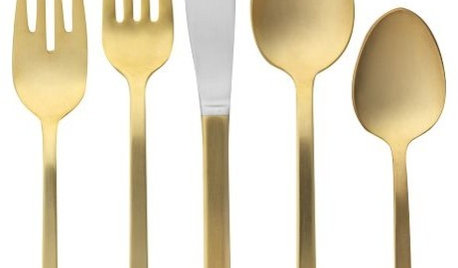
PRODUCT PICKSGuest Picks: A Gilded New Year
Go for the gold at home in 2013 with entertaining essentials and small accents that gleam
Full StorySponsored


justaguy2
mike1970
Related Professionals
Garden City Landscape Architects & Landscape Designers · South Orange Landscape Architects & Landscape Designers · Woodinville Landscape Architects & Landscape Designers · Maple Valley Landscape Contractors · Burlington Landscape Contractors · Concord Landscape Contractors · Fort Myers Landscape Contractors · Saint George Landscape Contractors · Shaker Heights Landscape Contractors · Thornton Landscape Contractors · Merrifield Landscape Contractors · Brookhaven Carpenters · Escondido Carpenters · Palmetto Bay Carpenters · Scarsdale Carpenterssuperdavefive
turquoise
tsugajunkie z5 SE WI ♱
birdiewiOriginal Author
petpalikali
turquoise